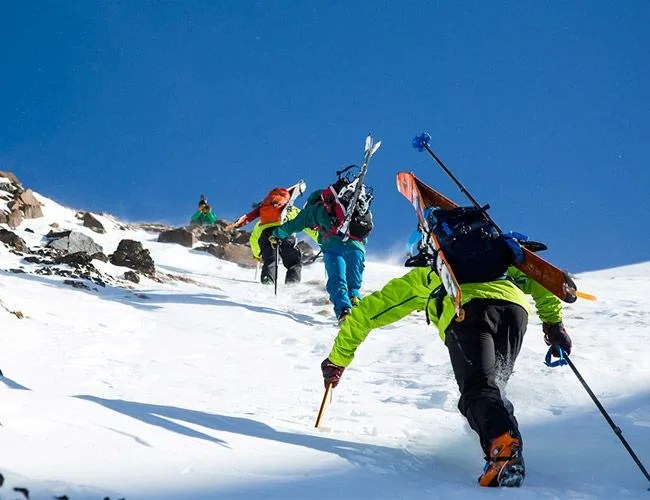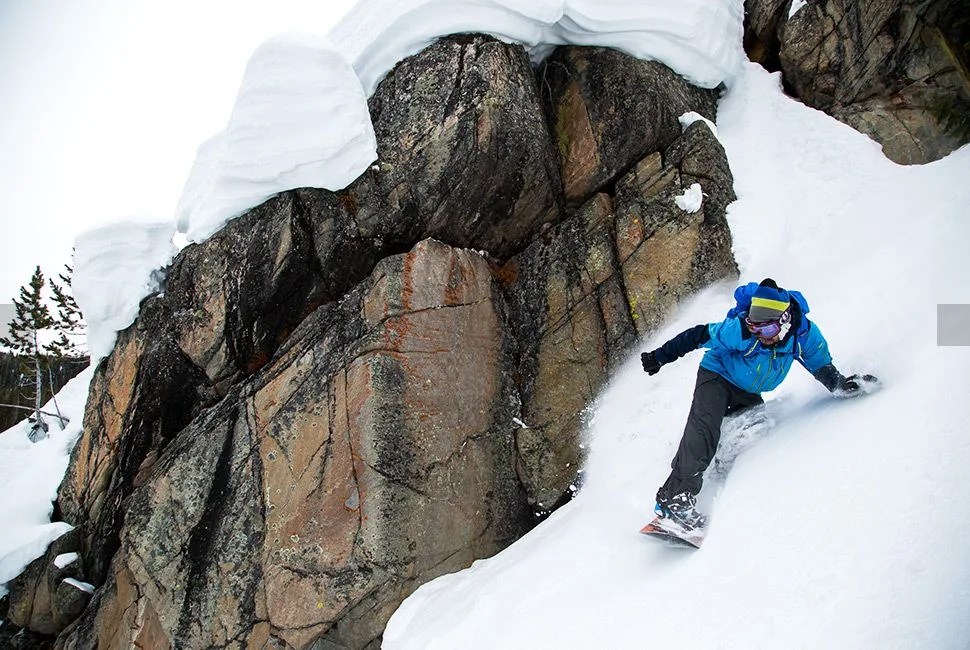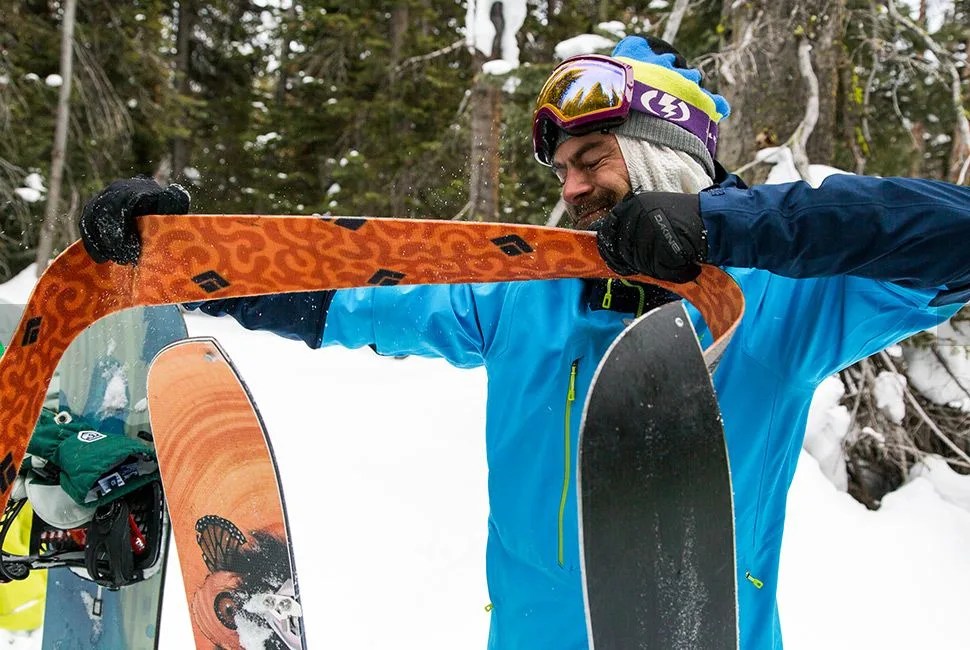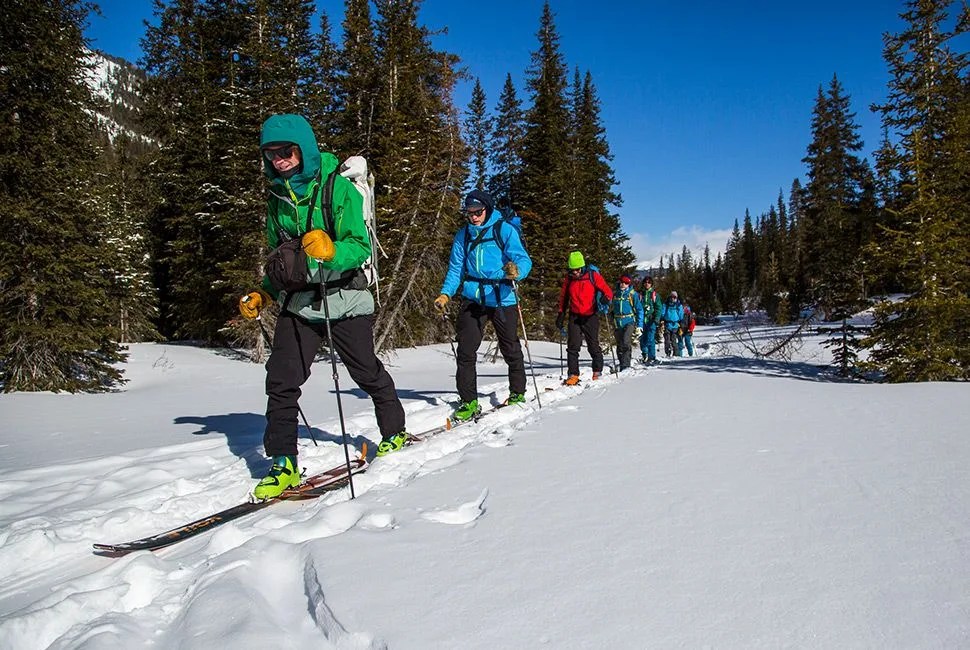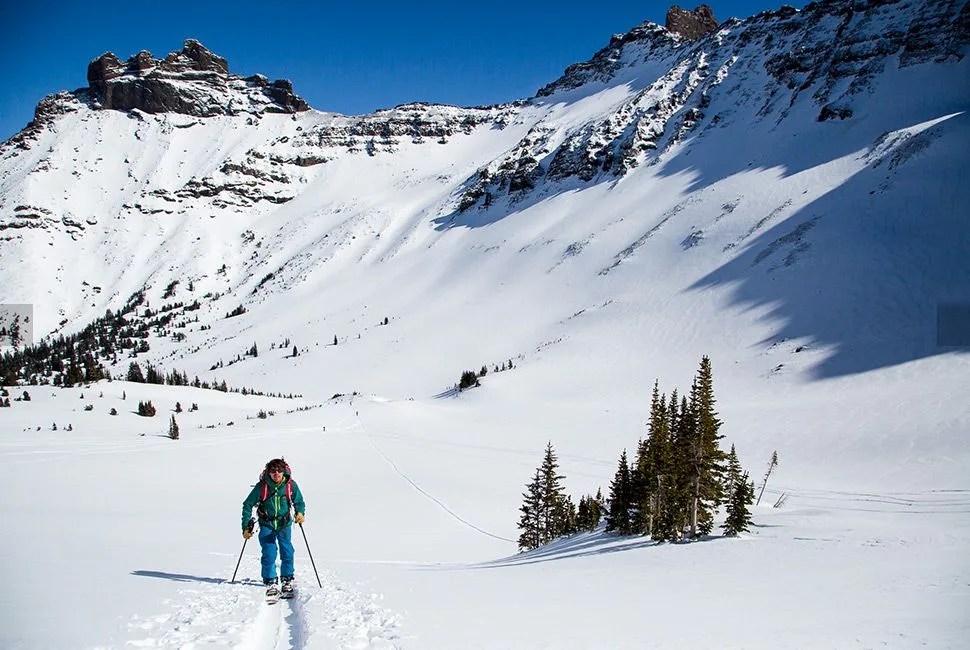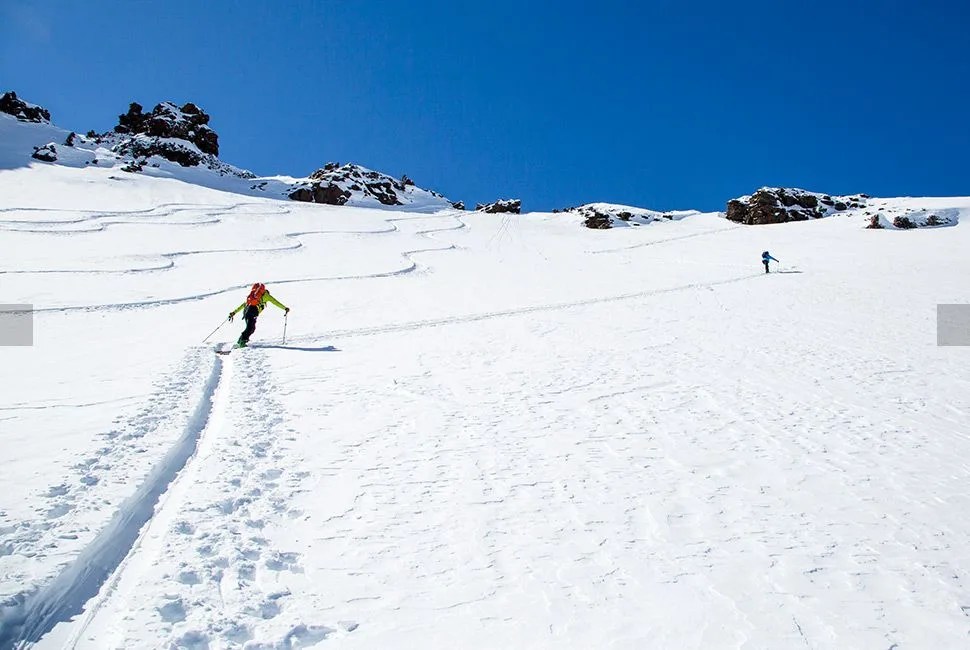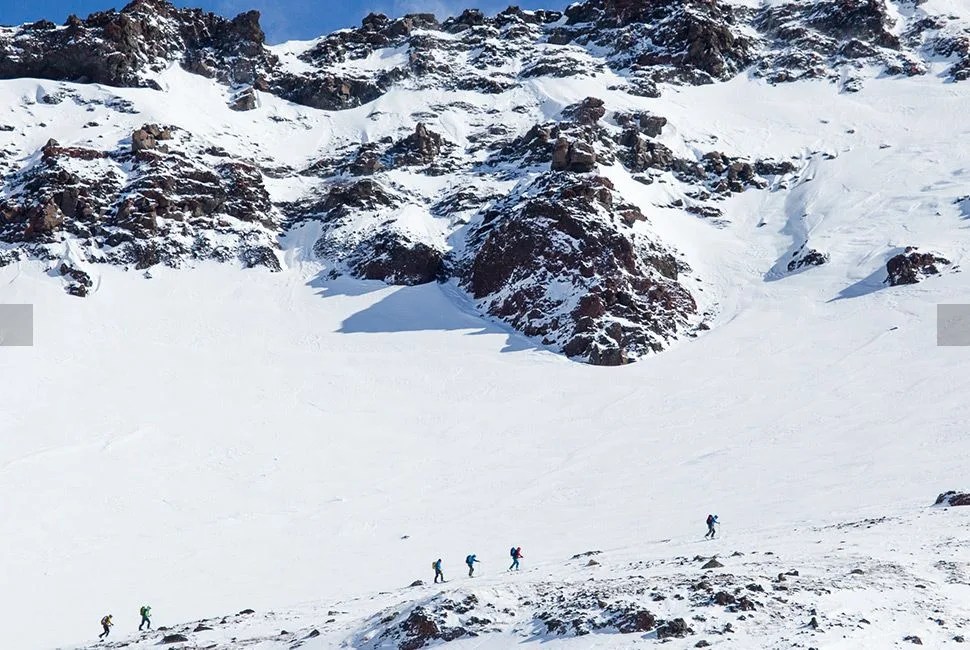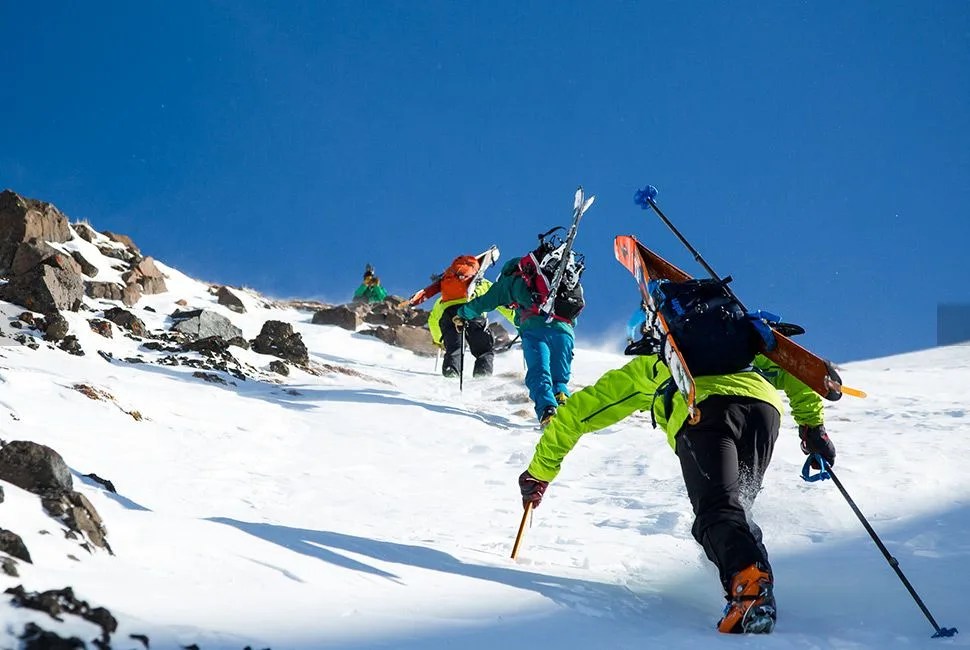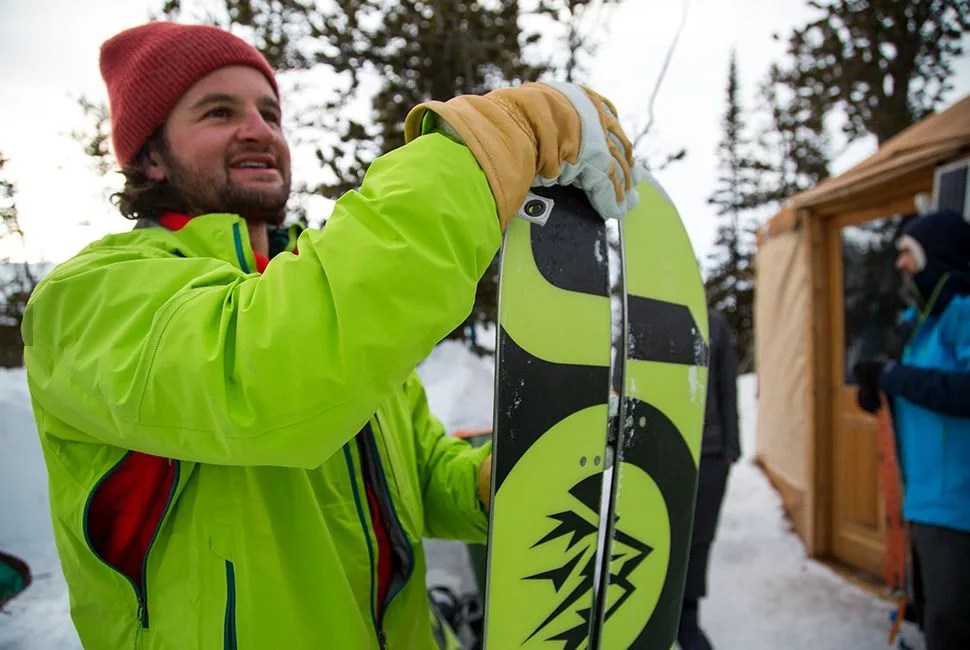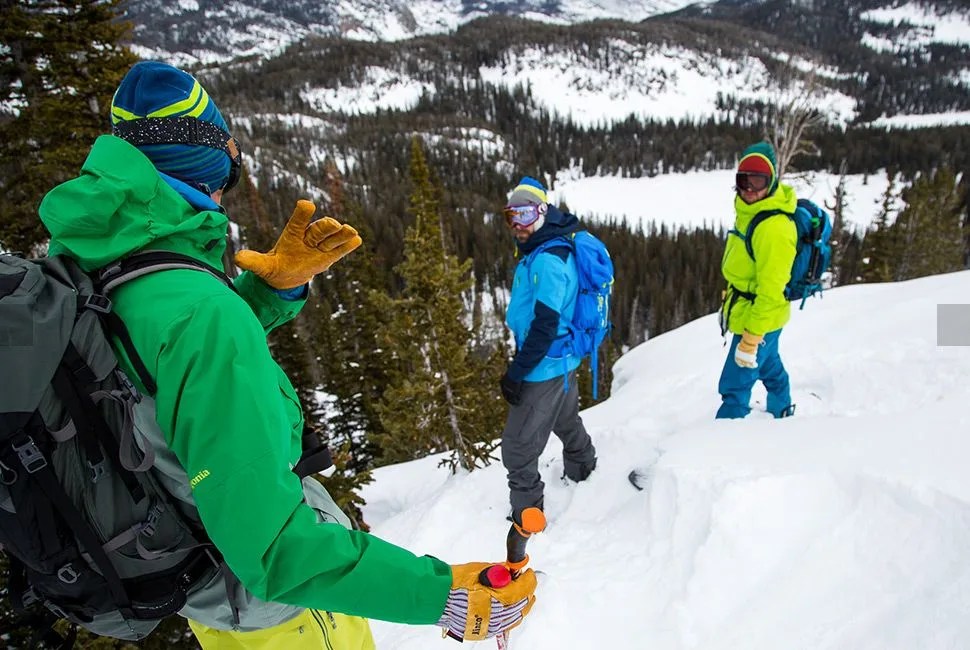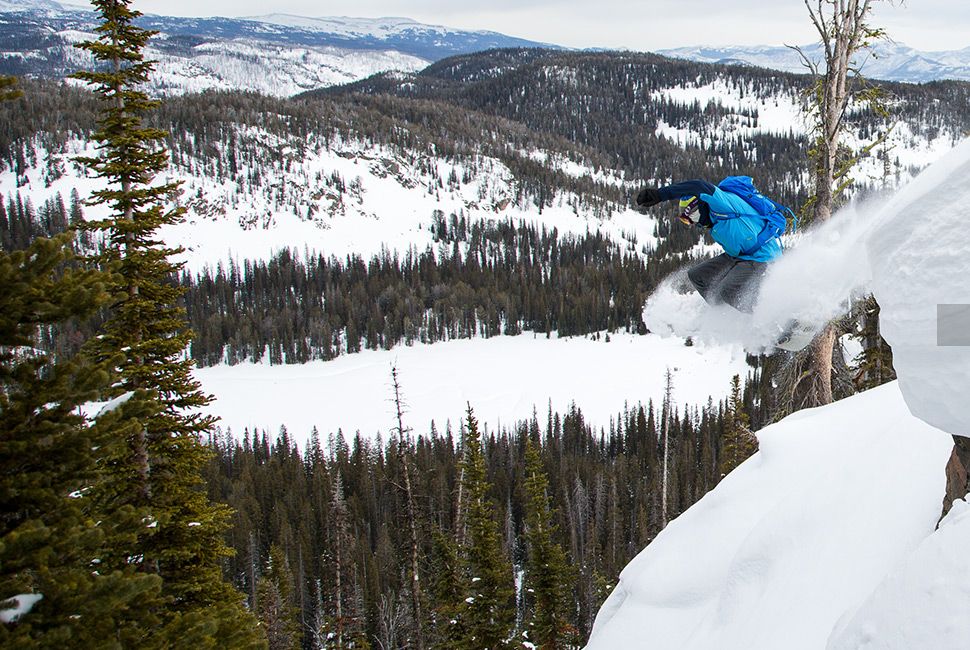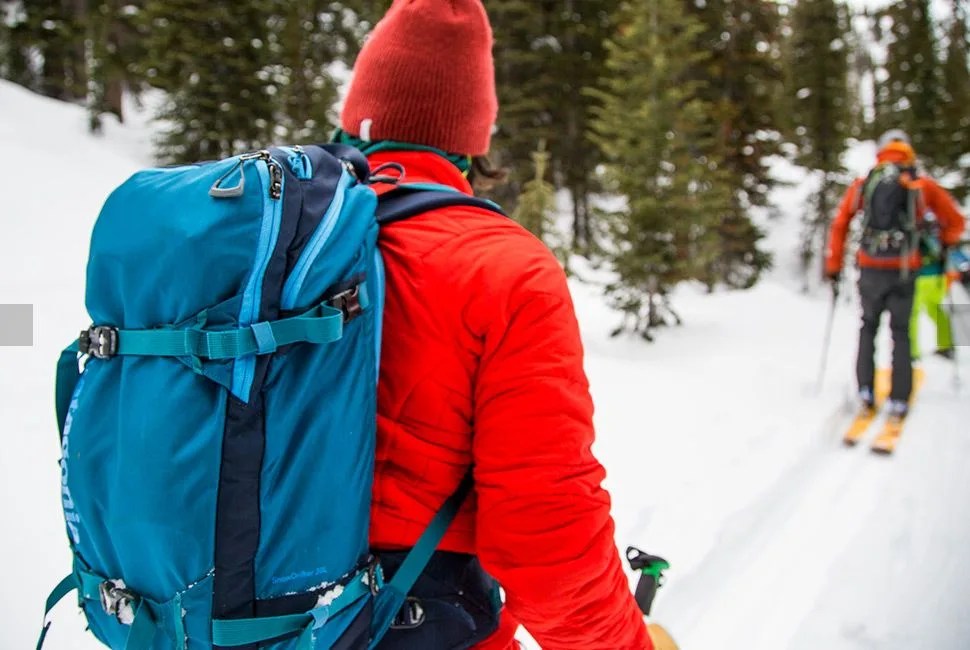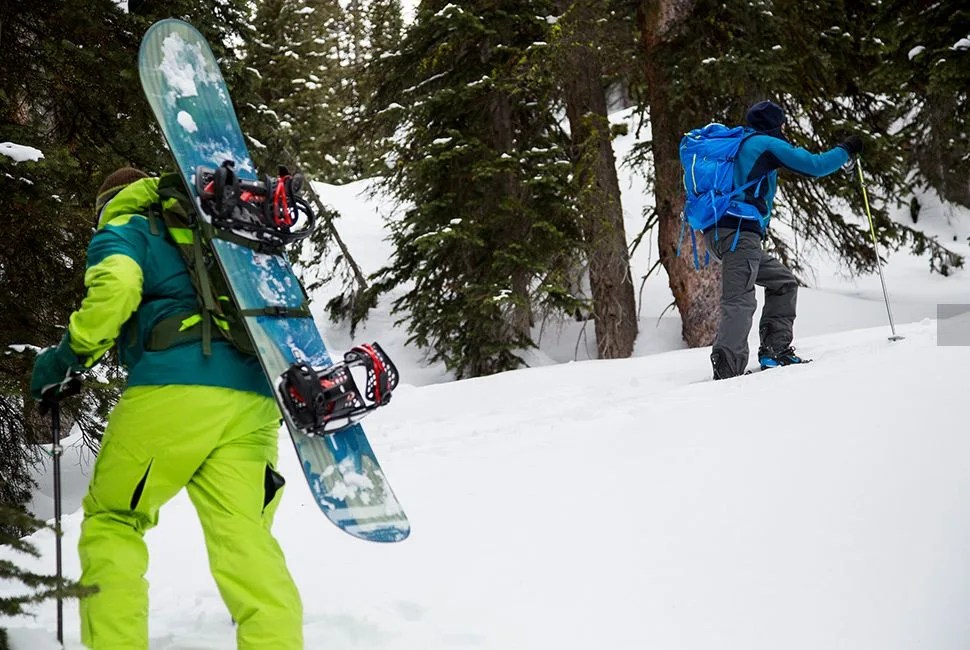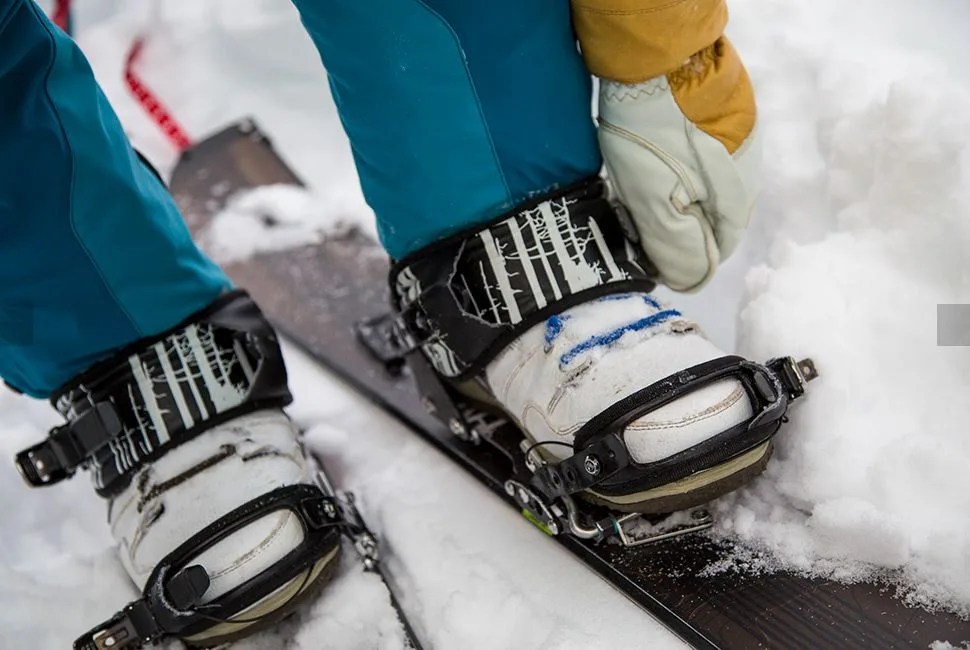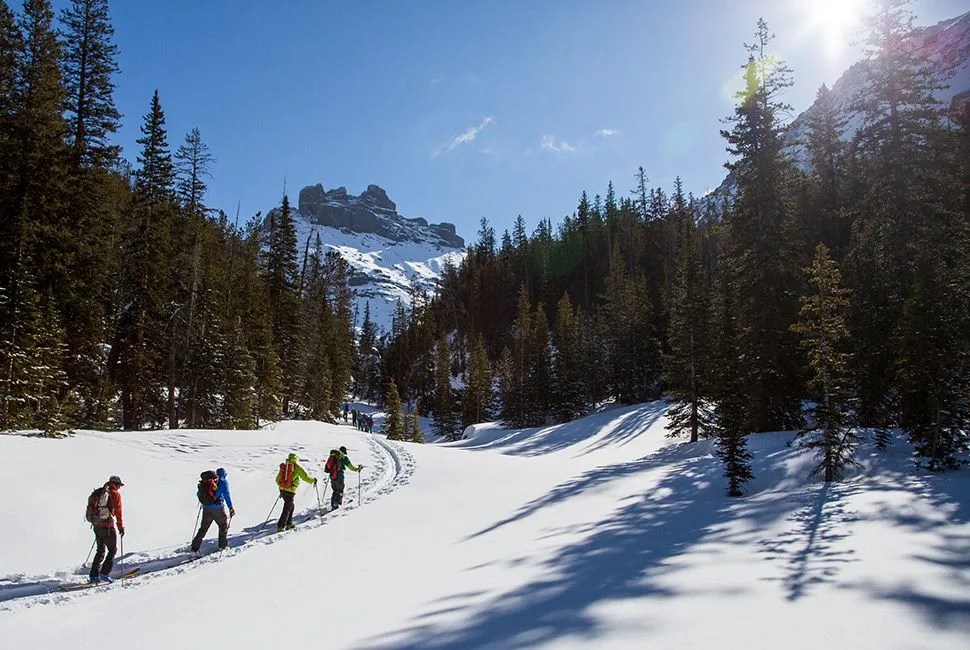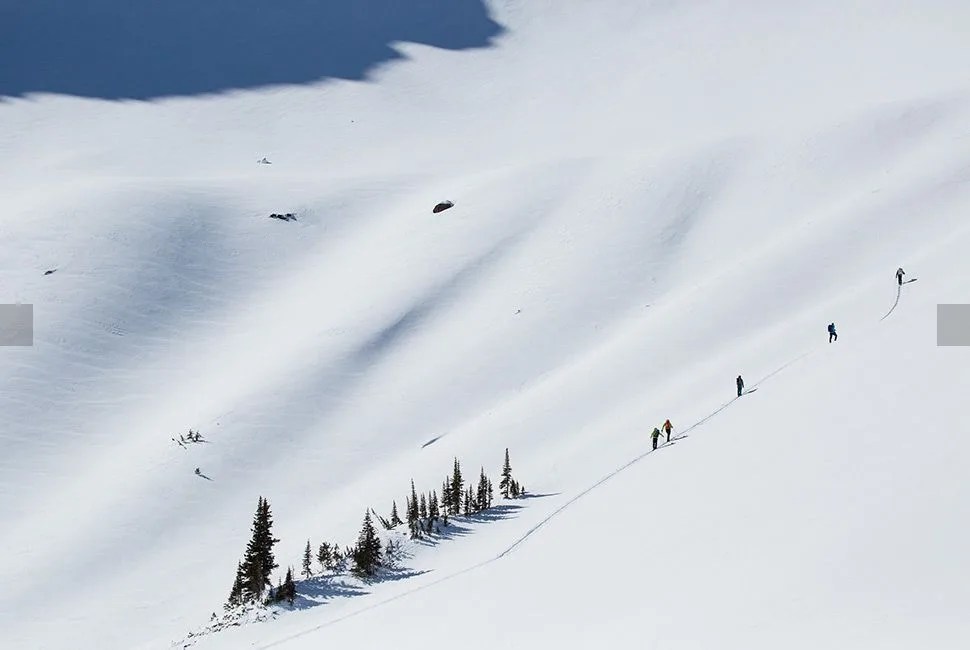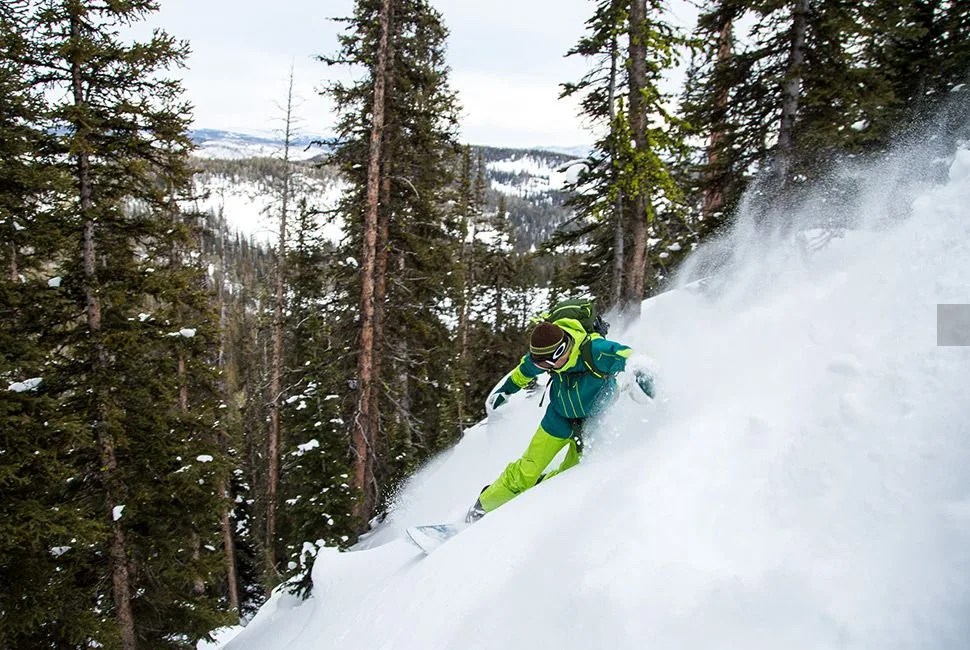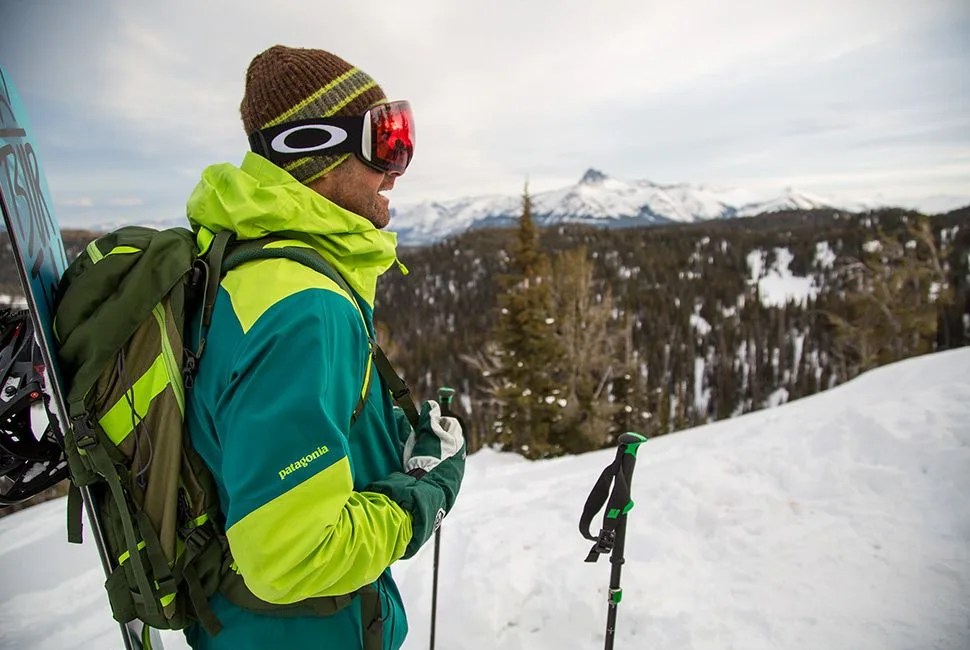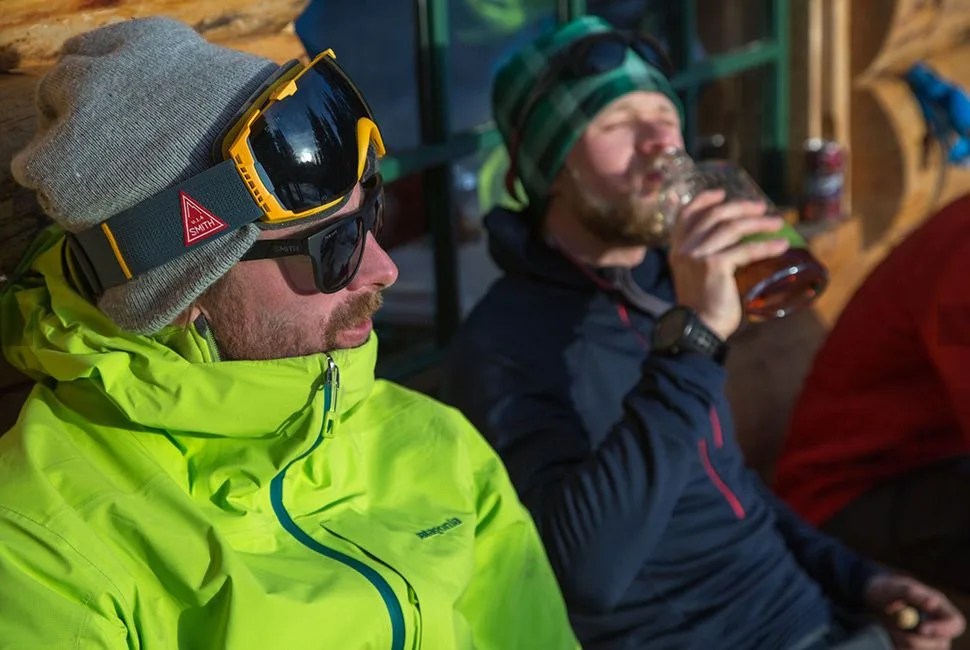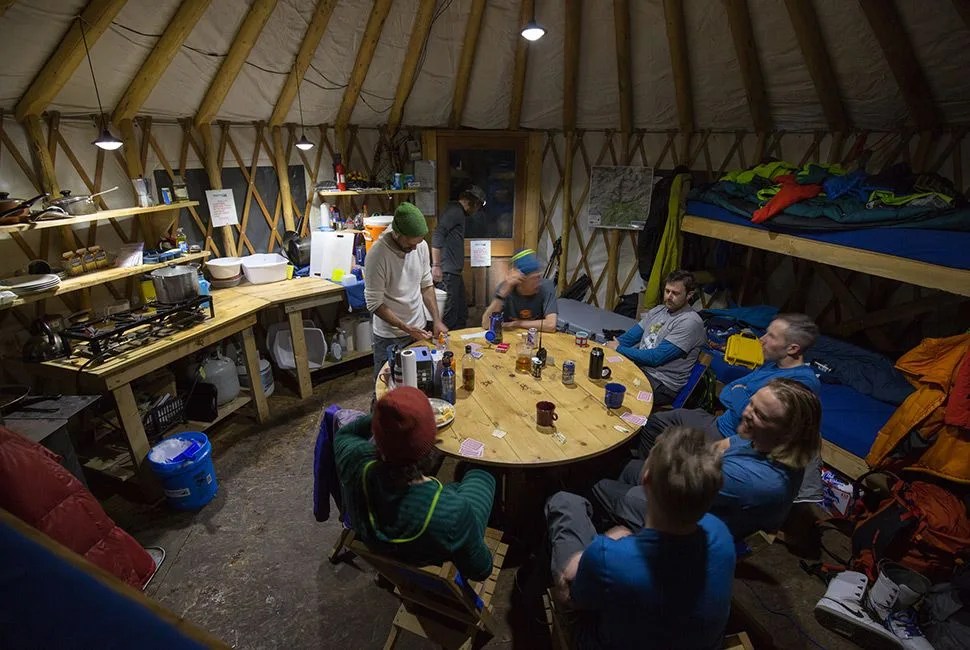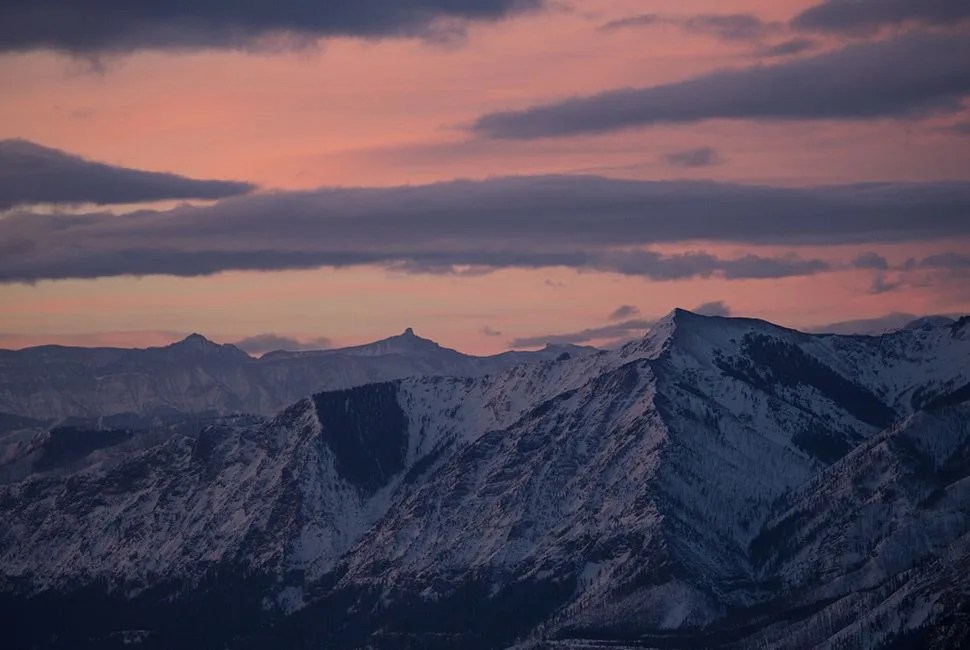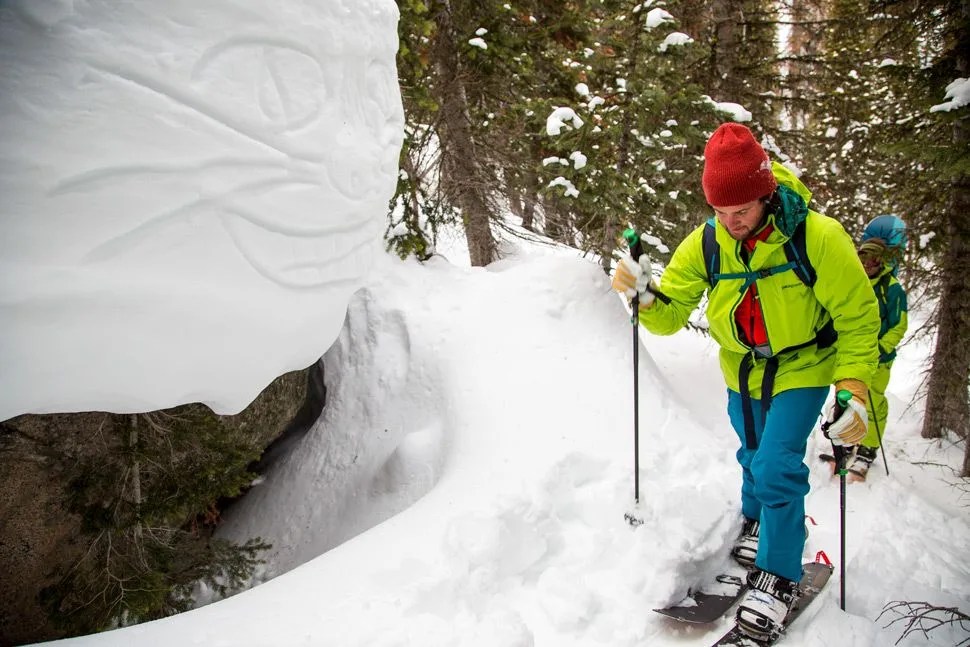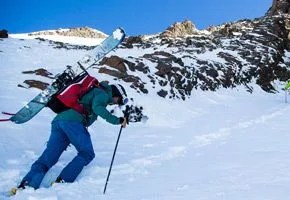23 photos
As I hit the exposed summit ridge of Mount Fox, an 11,240-foot peak in Montana’s Beartooth range, there was simply no escaping the arctic wind. But the final 10-minute push to the top was the price I would have to pay if I wanted to snowboard down the east face, an uninterrupted thousand-foot drop into a protected bowl of perfectly packed powder.
I was using a splitboard and as the ridge angle lessened, it was time to strap back into ski mode and slide up the last 200 feet — it would be far faster than snowshoeing or boot packing, as I had been doing over the steeper rocky terrain. I fumbled while extending my ski poles to make them both the same length. The 10-minute summit push became 15 minutes and my fingers were freezing. At the top, I needed to turn skis into snowboard for the ride down, so I dropped to my knees for the changeover, careful not to let any piece of gear fall or slide away from me. I had done this about a dozen times already in the last 48 hours and still had yet to execute a perfect ski-to-board switch. In fact, I had yet to be able to do it without taking a glove off. 15 minutes was now turning into 20.
I ripped the skins off, flipped the risers up on my bindings, and then slid my bindings onto the pucks. None of those words meant anything to me, either, before I became a splitboarder. With the board back together, I just needed to stow my poles and strap in. But as I fumbled with the webbing on my pack, 20 minutes turned into 25.
Finally, I was ready, standing on my board at the edge of a 40-degree slope. I dropped in, making a few jump turns to control my speed on the steepest part. Then I let go, making wide arcing turns as the bowl opened up around me. It took two minutes to get to the bottom. 120 seconds.
An hour later we had found our first stash, a section of knee-deep pillows that dropped through a stand of trees.
This is precisely why splitboarding will never be mainstream — but it’s also what makes it so special. Ski touring — moving through the mountains, up and down, on a pair of skis — is as old as skiing itself. Climbers and mountaineers were early adopters because of how much quicker it made ascending long low-angled snow slopes (not to mention how much more fun it made going down). But the truth is, the “down” is probably less than one percent of the touring experience. What touring is really about is fully embracing the old mantra that the journey is the destination. And in much the same way that just a few minutes of summit euphoria are worth several hours of pain to reach it, the ride down after a long ski or snowboard tour sticks in your mind forever.
